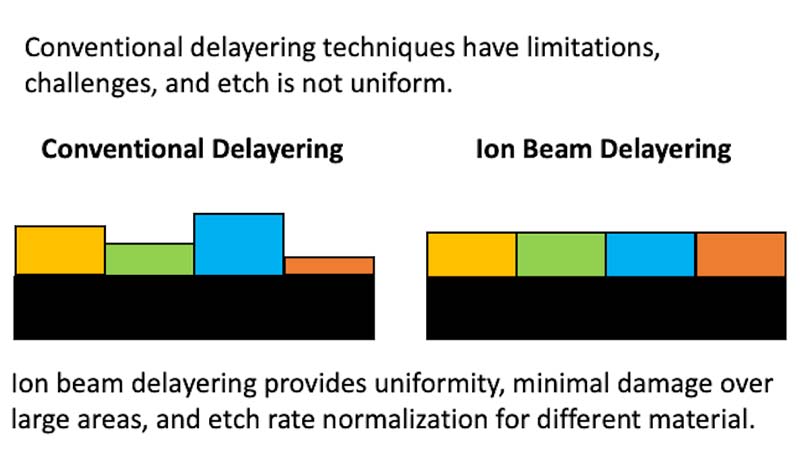Posted on
Semicon West 2022 connected business and technology leaders, researchers, and industry analysts from across the microelectronics supply chain in California and online for their annual event. Here are some key takeaways from the conference. Semiconductor Market on Track to a Trillion The semiconductor industry faced several recent challenges and has seen disruptions. A crisis response… Read More






